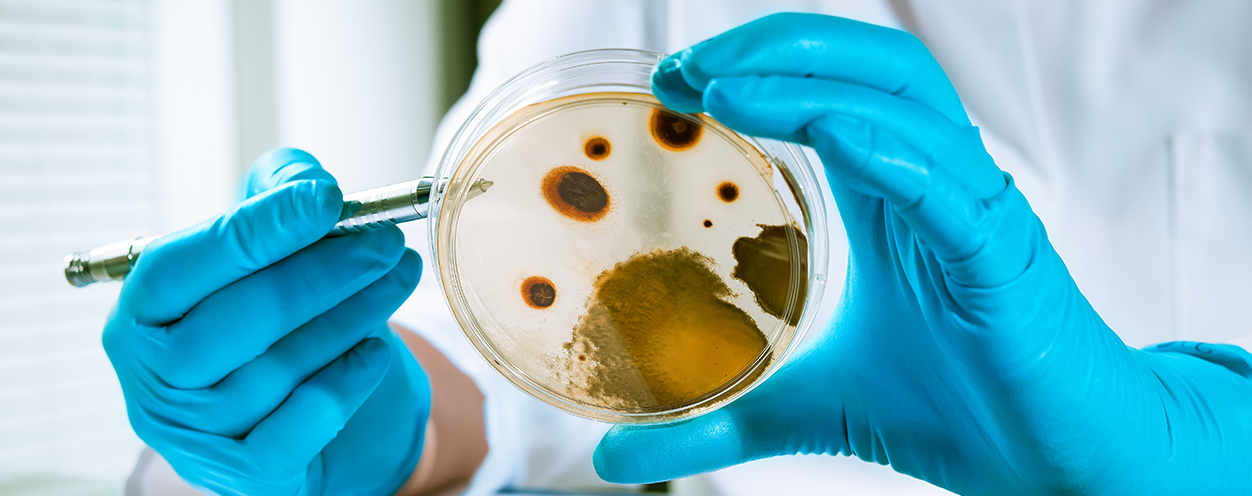

Listeria´s secret weapons: Awareness, adaptability & camouflage
At ACO, we not only invest in research into the ‘cleanability’ of drainage products but we also keep a close eye on the very latest research being conducted by academic organisations throughout the world. Here, we highlight the key findings of a report which explains why listeria is so hard to fight.
Last summer in Denmark alone, no less than 28 people were infected with listeria and 13 of those died. The outbreak underlines how harmful and potentially deadly this bacterium can be and we were interested to learn about new research undertaken to establish why listeria is so resilient.
Conducted by Associate Professor Birgitte Kallipolitis PHD and her colleagues from the Department of Biochemistry and Molecular Biology at the University of Southern Denmark, the research tested how listeria reacts when exposed to a number of substances that can normally fight pathogenic bacteria.
This is what the Associate Professor and her team discovered...
1. Listeria is constantly aware of its surroundings and it reacts quickly
In fact, listeria reacts instantly to changes in its surroundings and environment, and it has a number of strategies for dealing with threats.
2. It’s an expert at “not attracting unwanted attention from the body’s immune system”
Listeria has to produce special proteins to successfully infect the cells in our body but it has become an expert at doing this without producing so many of these protein cells that our immune system can detect their presence. Researchers found that listeria produces ‘RNA molecules’ which enable it to adjust the amount of each protein it produces so it can infect someone and sneak past their immune system!
3. Listeria actively protects its own cell walls from infection
The RNA molecules produced by listeria protect its own cells from attack by detecting any threats including the presence of antibiotics. In fact, RNA molecule production is only triggered when listeria is exposed to a threat. This response mechanism enables listeria to adapt so effectively and, if it senses an attack, to quickly repair any cell damage. And this is a key factor determining its resilience.
This research underlines why it’s so important to take every possible step to prevent an outbreak of listeria and why it’s so important to ensure drainage – a key area in which bacteria can grow - is hygienically engineered to the highest possible standards.
The University of Southern Denmark is now conducting research to establish if listeria can be rendered harmless by removing RNA molecules. For more information, contact the University or call Associate Professor Birgitte Kallipolitis PHD on +45 6550 2372.